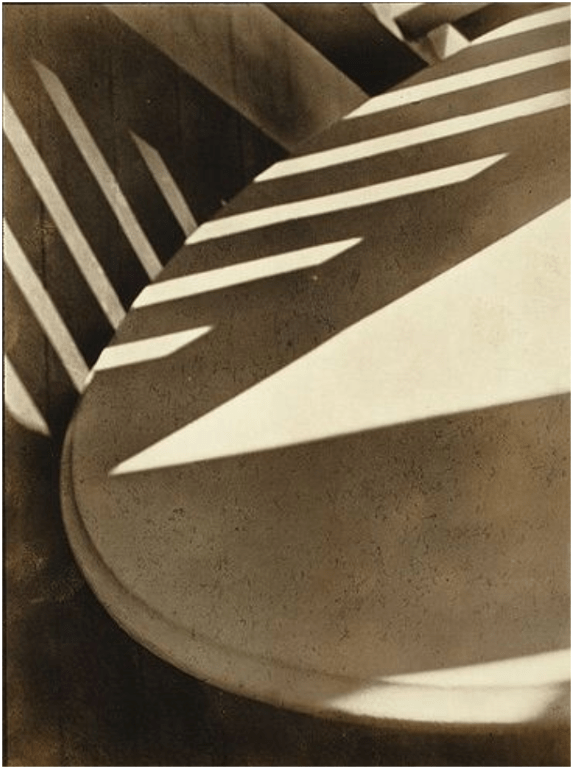1. How can photography change our relationship with things?
Photography captures something in our life, for instants, the mood, feelings, and emotions. It is not only essential to create a qualitative picture but a picture that tells a story shown to viewers.
2. What is pictorialism?
Pictorialism is a category of pictures dominated during the 19th to 20th century, pictorialism makes a picture more like a painting, documentation of reality.
3. What is abstract photography?
Abstract photography is something expressing ideas and emotions without having to create something. They are usually something that is around us in reality. Based on the object having a structural design with different features and creative perspectives; perspectives that people normally would not observe or notice. Therefore, having things like balancing proportions, shapes, and colors is essential. They tend to be things that don’t have an immediate association with the physical world.
4. Write a (very) short biography of Albert Renger-Patzsch (just 1 or 2 sentences).
Albert Renger-Patzsch was one of the most influential photographers. He was born in Germany, in June 1897 and started learning photography at the age of 12. He was one of the leading proponents of the German New Objectivism, whose work embodied the “New Objectivity” aesthetic that prevailed in German art during the Weimar Republic.
5. From looking at his images above, What types of subjects do you think Albert Renger-Patzsch preferred to photograph?
In his pictures, he used many formal elements, textures, lines, and lights. And the different perspectives he had towards different objects in reality.
6. Why do you think he entitled his famous book, ‘The World is Beautiful’?
“The World is Beautiful”
 , its images were based on the New Objectivity, in 1928. He was superficial interested in cataloging the forms of the objects that inhabit our world through his pictures. In “The World is Beautiful” all pictures are black and white.
, its images were based on the New Objectivity, in 1928. He was superficial interested in cataloging the forms of the objects that inhabit our world through his pictures. In “The World is Beautiful” all pictures are black and white.
7. Why do you think Edward Weston moved away from the soft focus of pictorialism to the new Straight photography movement? – the idea that ordinary objects and scenes can be photographed to reveal their beauty
Using the new Straight photography movement, using ordinary objects and scenes could better express his feelings to the viewer through the things in life, it would be more preferred because viewers could also take the opportunity to bring connections from their life that connects with his photo; may give viewers a better idea of the photo.
8. Give examples of one of his pictorialist images and one of his straight images.
The image on the left side is an example of his straight image, and the one on the right side is an example of his pictorialist images.
9. How has Aaron Siskind (above been influenced by the Straight Photography Movement
This allows him to better stimulate the ideas he wants to express to viewers.
10. Name some other photographers that have been influenced by a straight photograph.
Henry Frederick Evans, Edward Weston, Walker Evens
11. What makes the work of Andreas Gursky and Uta Barth abstract. Are they straight photographers? Why?
Andreas Gursky has taken photos with large format architecture and landscape color photographs. He is a straight photographer because his photos are taken and referred to in a scene with later digital processes.
Uta Barth is mainly experienced with photographic abstraction, and her photos are overall pretty simple with a soft focus point; doesn’t have a clear focal point most of the time. Therefore, she is not considered a straight photographer.



















Recent Comments